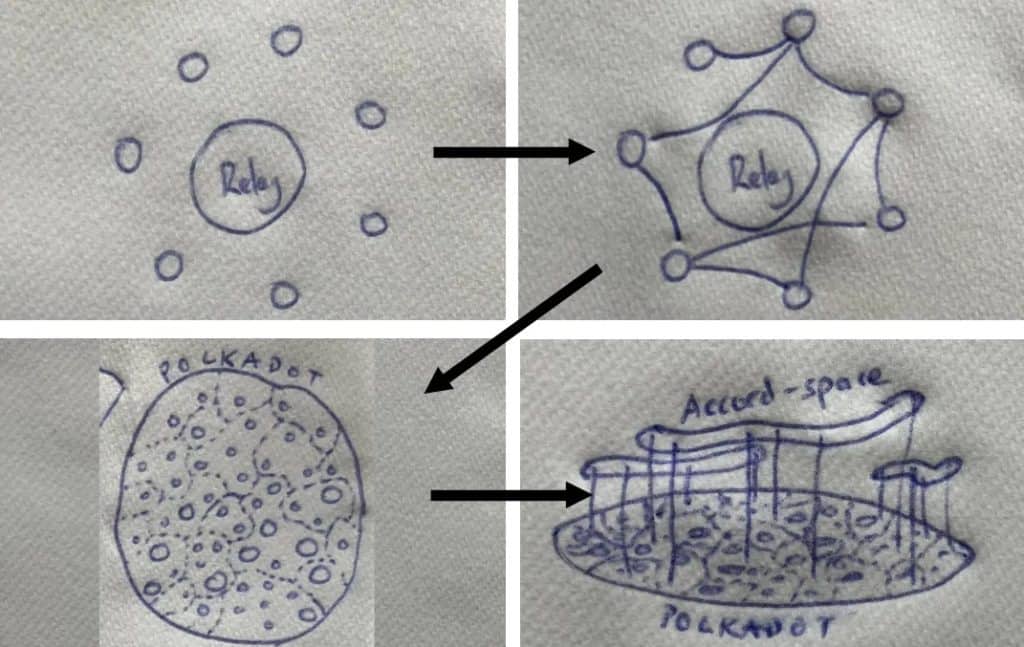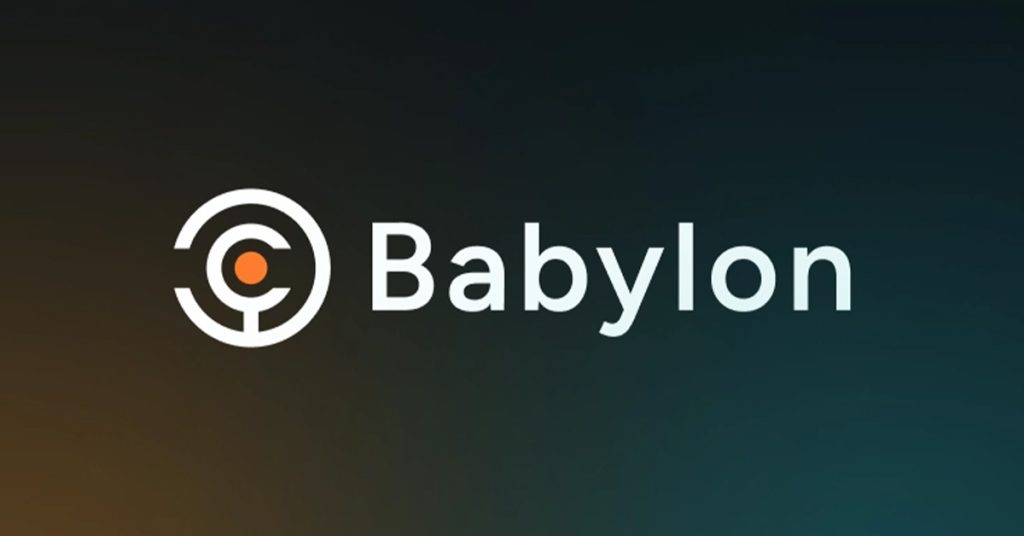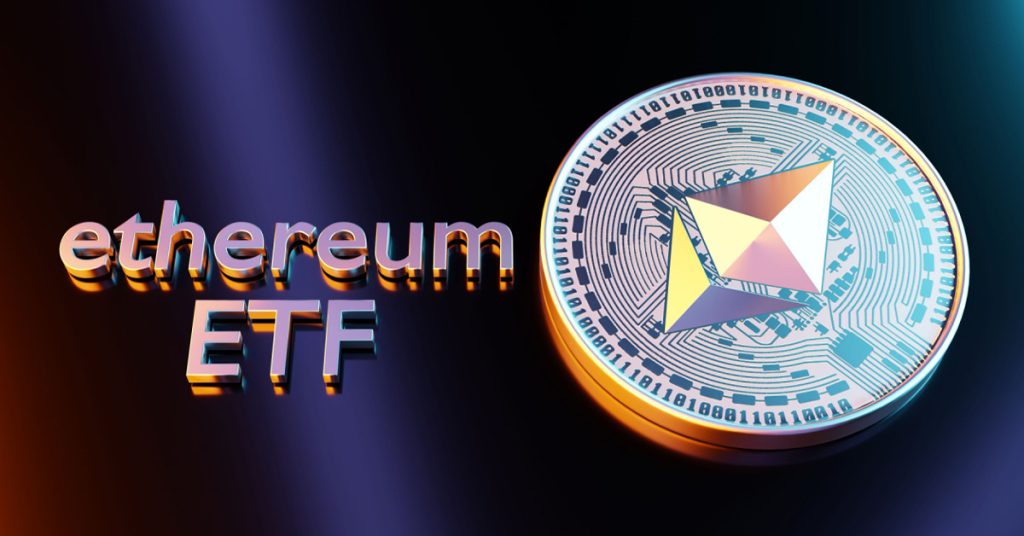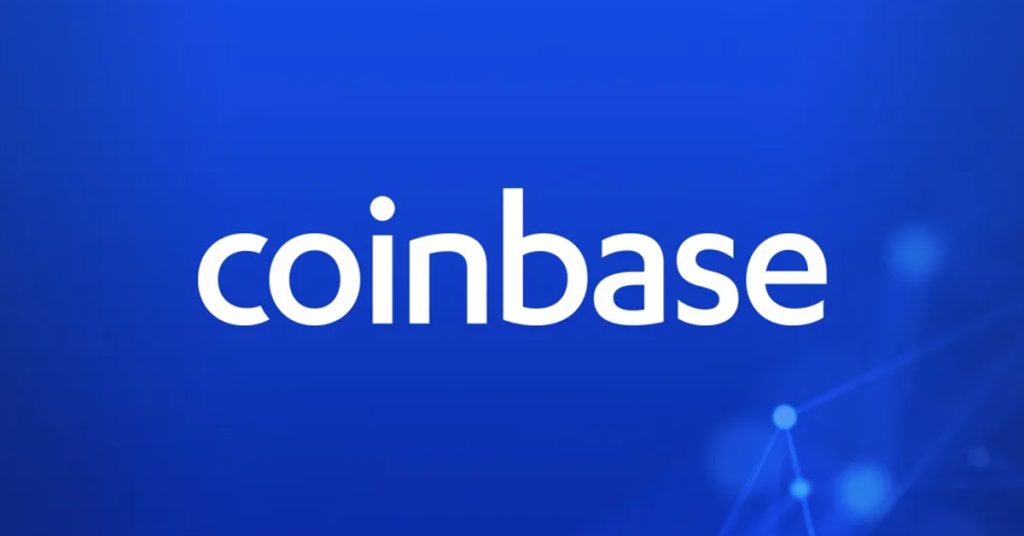Polkadot 2.0: A Multicore Computer that Rents Out its Core Time

TL;DR
Polkadot, as one of the top 5 alternative Layer 1’s after Ethereum, has announced a restructuring. The current lease model for parachains will be replaced with a system of selling “core time.” View it like a much more fine-grained blockspace auction than the current two-year parachain slot durations. These were a high barrier of entry. With the 2.0 model, Polkadot wants to make it easier for developers to build.
‘Space, not chains. Apps, not chains.’ Those are the first six words on Gavin Wood’s slide deck of the speech he gave at the Polkadot Decoded conference 2023. The founder of Polkadot stresses the change of focus. It’s not about the chains, it’s about the applications. It’s about a departure from the leases and slots model and towards a Polkadot with a lower barrier of entry.
The Current State of Polkadot
Polkadot is a ‘blockchain of blockchains’, designed to support interconnected, application-specific Layer-1 chains known as parachains. Users stake DOT on the relay chain, the ‘Layer 0’ that secures all the parachains.
In the bull market of late 2020 and early 2021, it was destined to be one of the big Ethereum challengers. And it was, but perhaps price peaked too early. In the second wave of the 2021 bull market, its thunder was stolen by the likes of Solana, Cardano and Avalanche. Polkadot’s parachain auctions started on Nov. 11, 2021, right when – in retrospect – the bear market was about to ruin the mood.
While SOL has rebounded most sharply (more than 200%) from the bear market lows, DOT (and the other mentioned alt layer 1’s are yet to make a significant move. It is still within 40% of the lows.
There are reassuring statistics though. For example:
- Polkadot still has 750 full-time developers working on it, according to Electric Capital.
- During Q2, the Polkadot ecosystem averaged 295,000 monthly active users.
Polkadot 2.0: A Decentralized ‘Multi Core Computer’
As mentioned, Polkadot is built and designed to support various interconnected, sub-chains called parachains (short for parallelized chains). These are in limited supply, and only one or two slots open every month. In a parachain auction, projects compete for such a slot. For example, the second parachain slot was won in November 2021 by Moonbeam, for more than one 35M DOT (more than 1 billion dollars at the time). Over 200,000 participants contributed their DOT tokens to the crowdloan.

Polkadot 2.0 moves away from this model and views itself as a multi core computer. Basically, it rebrands the current parachains as cores, of which it has about 50 now. So, Polkadot is like a 50 core CPU, independently running, processing different applications. And the projection is that Polkadot can grow to hundreds of cores.
What do these cores do? They have indeed quite a number of characteristics of a CPU core. For example, their bandwith equals a certain amount of MB per second. This figure is expected to go up.
Core Time as a Commodity for Sale
The core time Polkadot will sell is analogous to the concept of blockspace. It’s the product any blockchain has to offer. After all, the core time/blockspace you get is not on just any computer, but on a decentralized computer, protected against censorship and tampering. So, core time on Polkadot will be more expensive than if I would rent out core time of my MacBook, similar to how a piece of land in downtown Manhattan is more expensive than in the wilderness of Alberta, Canada.
Core time is a ‘computational commodity’ that will be sold both in bulk and instantaneous. So applications can buy it in chunks of four week but also there is an ongoing sale for instantaneous coretime, for immediate usage.
Bulk core time is an asset, that can be traded like an NFT. It is tied to a certain parachain originally, but can be moved to other chains, where it can be for example split up into multiple smaller periods.
How to use this bulk core time ‘NFT’?
- Assign it to a single parachain. This happens now: a single parachain operates on a single core.
- Assign it to a number of parachains for them to share, taking turns on a core.
- Place it on the market.
The Benefits of Polkadot 2.0
Running a project on the current Polkadot 1.0 involves raising a substantial amount of money, marketing the project, winning an auction, and then securing a parachain slot for two years. This requires enormous financial resources. So these will essentially be phased out and replaced by the sale of core time.
The introduction of ‘bulk core time’ will allow block space to be traded as a true commodity, accessible without the burden of managing a large parachain. This lowers the barrier to entry for new teams and will hopefully foster innovation.
The cores can be shared between several smaller projects, making the network more efficient and flexible.
Furthermore, the new model could potentially increase the liquidity of DOT tokens by reducing lockup periods, although specific details are yet to be determined.
You could in the future run smart contracts on Cores, for less costs than on smart contract chains.
Other Recent Developments
- Moonbeam (roughly 70k daily active users) and Acala released their parachain slots.
- OpenGov officially launched. It’s Polkadot’s fully-decentralized governance model, enabling a more transparent decision-making process. The expectation is that it will drive increased usage of the treasury. As of the end of Q2 2023, the Polkadot treasury held 46 million DOT ( roughly $240 million).
- Polkadot’s native token DOT was not flagged by the SEC as a security. So even before the recent XRP verdict it didn’t face this regulatory headwind.
- Polkadot’s messaging format XCM, which allows the parachains to talk to each other, launched its V3 recently, introducing an NFT format to name an example.
Conclusion
Founder Gavin Wood summarized the shift to 2.0 as follows: ‘The slot auction model is most certainly not agile: it’s designed on the original basis of Polkadot: long-running single chains.’ A ‘tinkerer’ himself, he can imagine developers don’t want to be bothered with raising capital for their projects through crowd loans. This explains the shift to the sale of core time. Compare it to wanting to obtain a taxi driver license in the old days. Not only does the taxi cost money, the license as well cost $100k (In Amsterdam, at least).
Read more: The 7 Biggest Polkadot Ecosystem Projects














